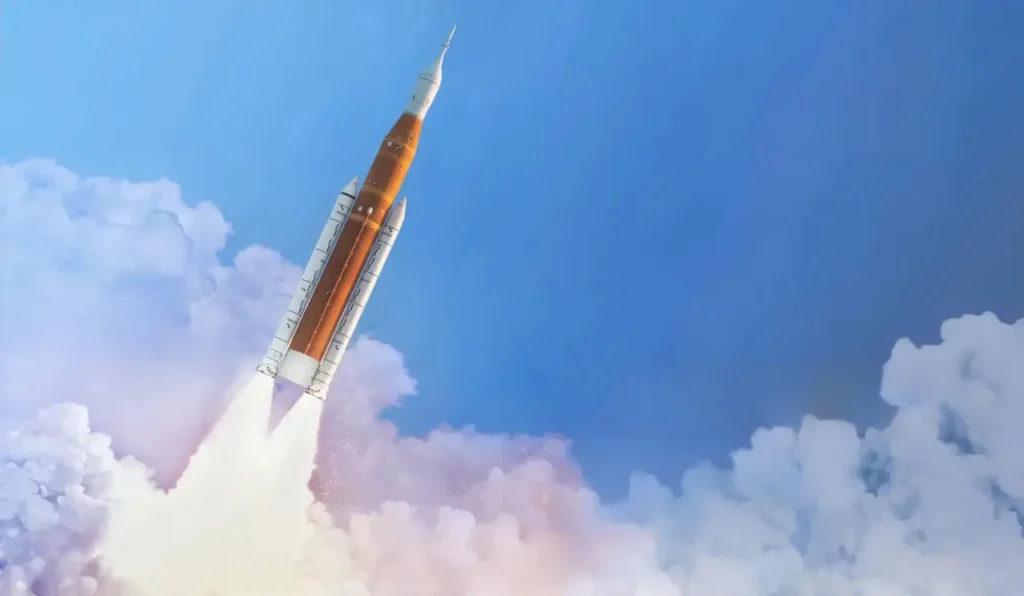Nayuta Space Secures Funding for Reusable Rocket Innovation

Helsinki, Jan. 22, 2025: In an exciting development, Nayuta Space, a pioneering Chinese aerospace startup, has secured substantial funding to propel its ambitious plans for reusable rockets. The company, known for its innovative designs, announced receiving “tens of millions of yuan” (approximately $1.38 million USD) in pre-A round funding exclusively backed by Quanxin Investment. This marks another milestone for Nayuta Space as it continues to push boundaries in the rapidly evolving global space industry.
Black Bird Series: A New Era of Reusable Rockets
The Black Bird series represents a significant leap in China’s space exploration efforts. Named after a mythical bird from Chinese folklore, the series is designed to deliver both cost efficiency and technological innovation. The first model, Xuanniao-1 (Black Bird-1), is powered by cutting-edge methane-liquid oxygen engines called Canglong-1. These engines are the brainchild of Beijing Aerospace Propulsion Technology Co., Ltd., a key player in China’s commercial aerospace sector.
Key Innovations in the Black Bird-1
- Designed to carry payloads of up to 10 tons to low Earth orbit (LEO).
- Utilizes aerodynamic recovery technology for fuel-efficient reentry.
- Employs an "eagle grab" system for first-stage recovery, eliminating the need for landing legs.
Aerodynamic Recovery: Transforming Reusability
One of the standout features of the Black Bird-1 is its reliance on aerodynamic recovery. Unlike traditional methods, which use fuel-intensive reentry burns, this approach leverages the atmosphere to decelerate the rocket's first stage. By saving fuel that would otherwise be used for reentry, Nayuta Space aims to make launches more cost-effective and environmentally sustainable.
China’s Expanding Space Sector
China is rapidly emerging as a global leader in space exploration. With ambitious plans to deploy two massive satellite constellations—Guowang and Thousand Sails—the demand for reusable launch vehicles has never been greater. Nayuta Space is uniquely positioned to meet this demand, offering innovative solutions that promise lower costs and increased efficiency.
The Competitive Landscape
Nayuta Space is not alone in this endeavor. Other Chinese startups, such as Cosmoleap, are also exploring advanced recovery technologies like "chopstick-style" catches. Meanwhile, established players like the Shanghai Academy of Spaceflight Technology (SAST) continue to test their own reusable rockets, further fueling competition within the industry.
Future Goals and Timelines
Nayuta Space has set ambitious targets, aiming to launch its first reusable suborbital rocket by 2025 and an orbital flight of the Black Bird-1 by 2026. These milestones underscore the company’s commitment to revolutionizing space travel and solidifying China’s position as a major player in the global space race.
Stay Updated
For the latest updates on Nayuta Space and other groundbreaking developments in space exploration, follow Trendsnip. From breaking news to in-depth analyses, we’ve got you covered.
| Company | Rocket Name | Rocket Type | Key Features/Notes |
|---|---|---|---|
| iSpace | Hyperbola-3 | Methane-liquid oxygen | Payload capacity of 8,500 kg to Low Earth Orbit (LEO); first flight planned for 2025. |
| Landspace | Zhuque-3 | Methalox | Payload capacity up to 21,000 kg to LEO. Stainless steel. First flight planned for 2025. |
| Galactic Energy | Pallas-1 | Kerosene-liquid oxygen | Payload capacity of 5,000 kg to LEO, or 3,000 kg to a 700 km sun-synchronous orbit (SSO). First flight planned for 2025. |
| CAS Space | Kinetica 2 | Kerolox | Payload capacity of 7,800 kg to 500 km SSO. First flight planned for 2025. |
| Deep Blue Aerospace | Nebula-1, Nebula-2 | Kerolox | Payload capacity of 1,000 kg to 500 km SSO; 2,000 kg to LEO. First flight planned in 2025. Larger Nebula-2 planned for 2026. |
| Space Pioneer | Tianlong-3 | Kerolox | Comparable to Falcon 9 in launch capability. Static fire accident in 2024; expendable first flight planned for 2025. |
| Space Epoch | XZY-1 | Methalox | 7,000 kg to 1,100 km. Stainless steel. First flight in 2025. |
| Orienspace | Gravity-2 | Kerolox | 25,600 kg to LEO. First flight in 2025; plans for a reusable first stage. |
| CASC | Various | Various | Working on reusable rockets including a new-generation human-rated launcher, spaceplane, and Long March 9 super heavy-lift launcher. |
| CASC (SAST) | Long March 12A | Methalox | High altitude VTVL (Vertical Takeoff, Vertical Landing) test conducted in January 2025. |
| Cosmoleap | Leap | Methalox | 10,460 kg to 1,000 km when expendable, or 6,280 kg when the first stage is recovered. Features a "chopstick-style" tower recovery system; first flight in 2025 or 2026. |
| Nayuta Space | Blackbird-1 | Methalox | Stainless steel construction. Aerodynamic recovery for both stages. First orbital flight planned for 2026. |



